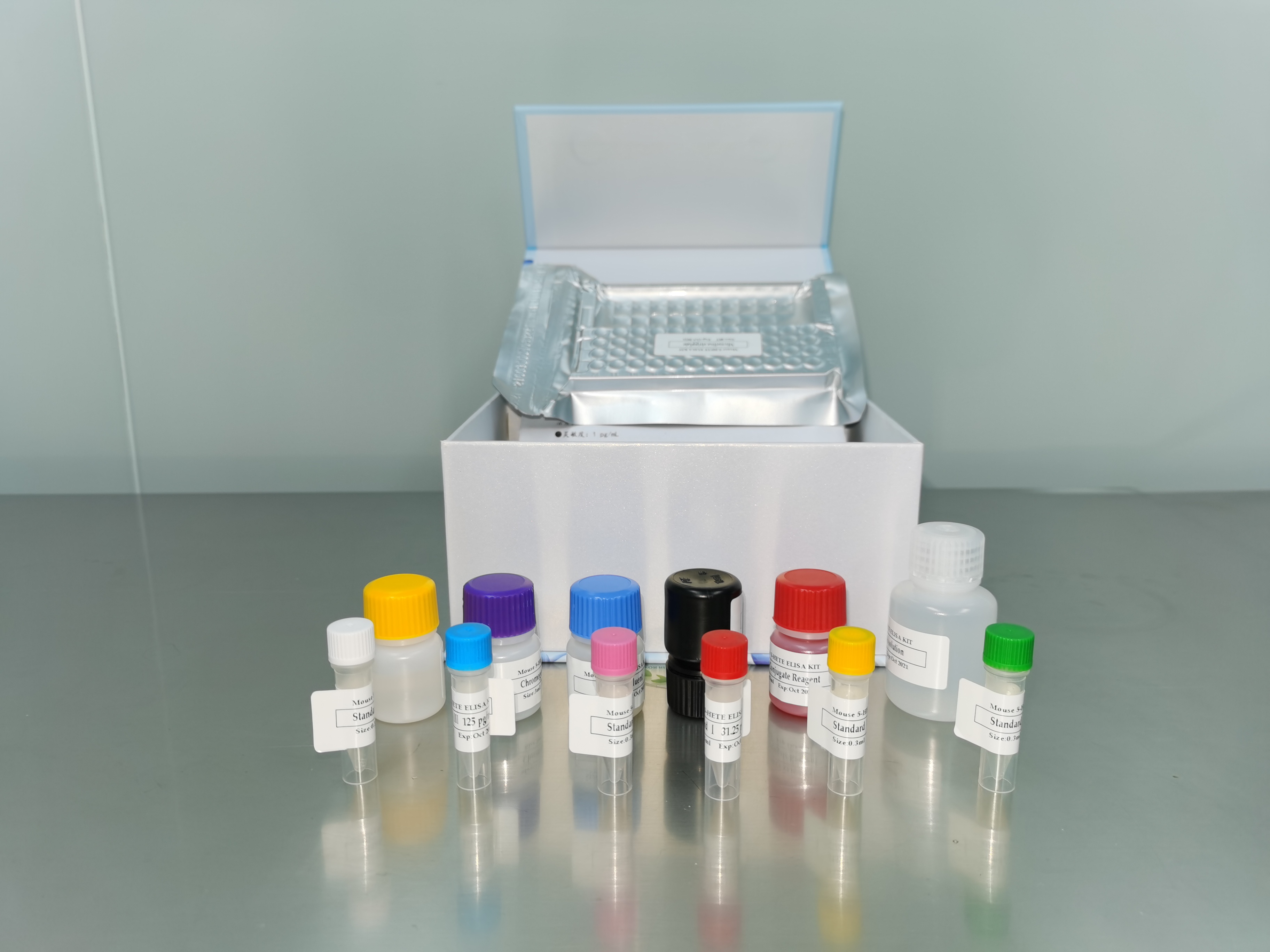| 产品名称: | Magnaporthe grisea (Hebert) Barr |
|---|---|
| 商品货号: | TS132587 |
| Strain Designations: | FGSC 8958 70-15 |
| Alternate State: | Pyricularia grisea (Cooke) Saccardo, anamorph |
| Biosafety Level: | 1
Biosafety classification is based on U.S. Public Health Service Guidelines, it is the responsibility of the customer to ensure that their facilities comply with biosafety regulations for their own country. |
| Product Format: | frozen |
| Storage Conditions: | Frozen: -80°C or colder Freeze-Dried: 2°C to 8°C Live Culture: See Propagation Section |
| Type Strain: | no |
| Preceptrol®: | no |
| Genome Sequenced Strain: | Yes |
| Comments: | Genome sequencing strain (International Rice Blast Genome Center for Consortium / Integrated Fungal Research, North Carolina State University, USA) Plant pathogen (rice blast fungus). |
| Medium: | ATCC® Medium 200: YM agar or YM broth ATCC® Medium 336: Potato dextrose agar (PDA) ATCC® Medium 324: Malt extract agar |
| Growth Conditions: | Temperature: 24°C to 26°C Atmosphere: Typical aerobic |
| Sequenced Data: |
18S ribosomal RNA gene, partial sequence; internal transcribed spacer 1, 5.8S ribosomal RNA gene, and internal transcribed spacer 2, complete sequence; and 28S ribosomal RNA gene, partial sequence GTCTCCGTTGGTGAACCAGCGGAGGGATCATTACTGAGTTGAAAAACTCCAACCCCTGTGAACATAACCTCTGTCGTTGCTTCGGCGGGCACGCCCGCCGGAGGTTCAAAACTCTTATTTTTTCCAGTATCTCTGAGCCTGAAAGACAAATAATCAAAACTTTCAACAACGGATCTCTTGGTTCTGGCATCGATGAAGAACGCAGCGAAATGCGATAAGTAATGTGAATTGCAGAATTCAGTGAATCATCGAATCTTTGAACGCACATTGCGCCCGCCGGTATTCCGGCGGGCATGCCTGTTCGAGCGTCATTTCAACCCTCAAGCCTCGGCTTGGTGTTGGGGCGCCCGGGCCCTCCGCGGCCCGGGGCCCCCAAGTTCATCGGCGGGCTCGGCGGTACACTGAGCGCAGTAAAACGCGGTAAAACGCGAACCTCGTTCGGATCGTCCCGGCGTGCTCCAGCCGCTAAACCCCCAATTTTTTAAAGGTTGACCTCGGATCAGGTAGGAATACCCGCTGAACTTAA |
| Name of Depositor: | FGSC |
| Special Collection: | ATCC |
| Chain of Custody: | ATCC |
| Cross References: | Nucleotide (GenBank) : GU327633 ITS including 5.8S rRNA gene Nucleotide (GenBank) : AACU00000000 Magnaporthe oryzae 70-15, whole genome shotgun sequencing project |
| References: | Dean RA, et al. The genome sequence of the rice blast fungus Magnaporthe grisea. Nature 434: 980-986, 2005. Wang H, et al. A fungal phylogeny based on 82 complete genomes using the composition vector method. BMC Evol. Biol. 9: 195, 2009. PubMed: 19664262 Glenn AE, et al. Comparative genomic and phylogenetic investigation of the xenobiotic metabolizing arylamine N-acetyltransferase enzyme family. FEBS Lett 584: 3158-3164, 2010. PubMed: 20621844 Mosquera G, et al. Interaction transcriptome analysis identifies Magnaporthe oryzae BAS1-4 as Biotrophy-associated secreted proteins in rice blast disease. Plant Cell 21: 1273-1290, 2009. PubMed: 19357089 Flipphi M, et al. Biodiversity and evolution of primary carbon metabolism in Aspergillus nidulans and other Aspergillus spp. Fungal Genet Biol 46: S19-S44, 2009. PubMed: 19610199 Kito H, et al. MgLig4, a homolog of Neurospora crassa Mus-53 (DNA ligase IV), is involved in, but not essential for, non-homologous end-joining events in Magnaporthe grisea. Fungal Genet Biol 45: 1543-1551, 2008. PubMed: 18854221 Odenbach D, et al. The transcription factor Con7p is a central regulator of infection-related morphogenesis in the rice blast fungus Magnaporthe grisea. Mol Microbiol 64: 293-307, 2007. PubMed: 17378924 Hof C, et al. Ferricrocin synthesis in Magnaporthe grisea and its role in pathogenicity in rice. Mol Plant Pathol 8: 163-172, 2007. PubMed: 20507488 Rehmeyer C, et al. Organization of chromosome ends in the rice blast fungus, Magnaporthe oryzae. Nucleic Acids Res 34: 4685-4701, 2006. PubMed: 16963777 Flipphi M, et al. Functional analysis of alcS, a gene of the alc cluster in Aspergillus nidulans. Fungal Genet. Biol. 43: 247-260, 2006. PubMed: 16531087 Kim S, et al. MHP1, a Magnaporthe grisea hydrophobin gene, is required for fungal development and plant colonization. Mol Microbiol 57: 1224-1237, 2005. PubMed: 16101997 Bohnert HU, et al. A putative polyketide synthase/peptide synthetase from Magnaporthe grisea signals pathogen attack to resistant rice. Plant Cell 16: 2499-2513, 2004. PubMed: 15319478 |


